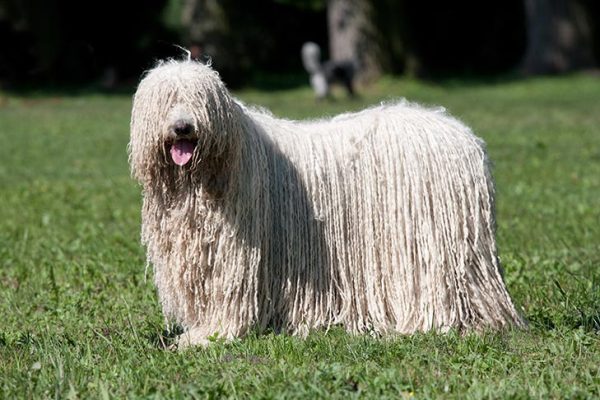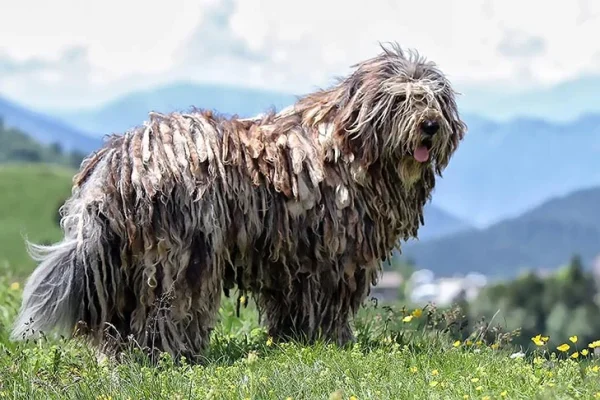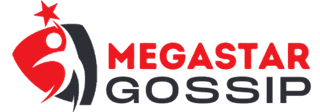Have you ever seen a dog with dreadlocks? These unique twists and coils are more than just a hairstyle – they can be a great way to care for certain dog breeds’ fur. Dogs with dreadlocks, which are also called “dreadlocked dogs,” have a unique and interesting look that makes them stand out.
Breeds of Dogs That Thrive With Dreads
Because of the way their coats are textured and how they are groomed, some dog breeds are known for their signature dreadlock hairstyles. Here are some of the most well-known dog breeds with dreadlocks:
Komondor

This breed comes from Hungary and is known for its thick, corded coat that naturally grows into long, rope-like dreadlocks. These beautiful dogs were originally bred to protect livestock, and they have a strong desire to do so.
Pull

The Puli is another Hungarian breed. It has a thick, curly hair that naturally curls into cords or dreadlocks. These smart and active dogs were once used to herd sheep, and they are also great at many dog games and activities.
Bergamasco Shepherd

The Bergamasco Shepherd’s unique coat consists of three different types of hair that weave together to create felt-like mats or dreadlocks, making it famous for its distinctive appearance. These smart and loyal working dogs can do a lot of different jobs.
How To Groom Dogs With Dreadlocks
Dogs with dreadlocks look very different, so they need extra care and attention to keep their unique coats looking their best. Here are some ways to clean a dog with dreadlocks:
Regular Brushing
To prevent your dog’s dreadlocks from matting and tangling, you should brush them regularly, ideally several times a week. Use a comb or slicker brush made for dogs with long or wavy hair to gently untangle their hair and get rid of any loose hair or dirt.
How to Wash
Dogs with dreadlocks should take regular baths with a mild shampoo and conditioner made just for dogs. Wet your dog’s fur all the way through and work the shampoo into their dreadlocks. Rinse their hair well to get rid of all the soap.
Techniques for Drying
It’s important to dry your dog’s dreadlocks completely after cleaning them to stop mold and mildew from growing. Use a high-speed dryer or a towel to get rid of extra water, and be sure to separate and fluff their curls as you dry them.
In addition, consider a healthy diet rich in essential nutrients like protein and omega-3 fatty acids, regular exercise, and professional grooming. A healthy diet promotes healthy hair growth and prevents matting and tangling. Engaging your dog in daily physical activity and mental stimulation is also crucial. If you’re unsure about grooming or if your dog’s coat becomes matted, consider hiring a professional.
Frequently Asked Questions and Answers About Dogs With Dreadlocks Hair
1. What dog breeds have dreadlocks?
Several dog breeds, like the Komondor, Puli, and Bergamasco Shepherd, naturally develop corded or matted coats resembling dreadlocks.
2. Do all dogs with dreadlocks need grooming?
Yes, Dogs with dreadlocks need regular grooming to prevent matting, and tangling, and maintain coat health. This includes brushing, bathing, and drying to keep their dreadlocks looking their best.
3. How often should I groom my dog with dreadlocks?
Brush your dog’s dreadlocks several times a week and bathe them as needed, depending on factors like coat length, activity level, and texture.
4. Can I trim my dog’s dreadlocks?
Trimming may be necessary for dogs with dreadlocks to remove damaged or excessively tangled hair. Seek advice from a professional groomer experienced with dreadlocked dogs to avoid compromising their coat integrity.
5. How do I prevent my dog’s dreadlocks from matting?
Preventing matting in your dog’s dreadlocks requires regular grooming, proper washing, and attention to their diet and health. Regular brushing, thorough drying, and a balanced diet rich in nutrients can help maintain coat health and prevent matting.
6. Are there specific products for grooming dogs with dreadlocks?
Yes, manufacturers design dreadlock grooming products, including shampoos, conditioners, and detangling sprays, to cleanse, moisturize, and maintain the health of dogs with dreadlocks.
7. Can I groom my dog’s dreadlocks at home?
Basic grooming like brushing and bathing can be done at home, but for tasks like trimming or de-matting, professional expertise may be needed. Use caution and seek guidance to avoid discomfort or damage when grooming your dog’s dreadlocks at home.
8. Do dogs with dreadlocks shed?
Dreadlock dogs shed, but their shedding is less noticeable due to their coat texture. Regular grooming helps remove loose hair and minimize shedding.
9. Are dreadlocked dogs suitable for allergy sufferers?
While no breed is entirely hypoallergenic, some people with allergies may find breeds with minimal shedding, like those with dreadlocks, more tolerable. Spend time with the breed to assess your allergic reaction before bringing a dog home.
Conclusions
Dreadlock dogs are one-of-a-kind breeds with unique coats and traits. People often see them at home or at dog parks, where they get people’s attention and start talking. You can make sure that your dog’s dreadlocks stay healthy, lively, and full of personality for years to come by knowing how to groom them properly and giving them the right care. Dog lovers all over the world are sure to fall in love with these beautiful dogs. You and your dreadlocked dog can share a lifetime of love, companionship, and respect if you accept their uniqueness and give them the care they need.

Leave a Reply